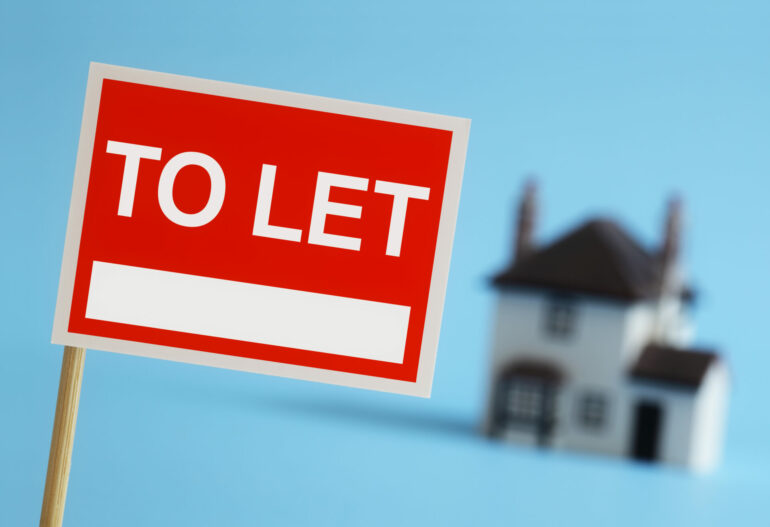There’s been a substantial rise in landlords exiting the market or downsizing their portfolios, analysis by TwentyEA has found.
Figures show that the number of properties currently ‘for sale’ that were listed ‘to let’ in the past three years has risen dramatically.
In June 2024, 18.4% of all properties listed for sale had also been listed for rent within the three years prior to the sale listing.
This was just over 28,000 properties and was 100.6% higher than June 2023 and also 34.6% higher than in June 2019.
It was also 27.4% higher than May 2024 – the month that Rishi Sunak called the General Election for 4th July.
Katy Billany, executive director of TwentyEA, said: “There’s no doubt our data shows a significant uplift in the number of landlords selling up, either reducing their portfolio size or possibly exiting the sector completely.
“There’s currently a lot of uncertainty in the buy-to-let market around what the change in government means for landlords but they have also been hit by steep interest rate rises and rising costs generally, so it’s likely there are several factors at play here.”
Further market insights from the report show that 2024 is generally showing a return to a sense of normality with the supply of ‘new instructions’ up by 8.6% for the quarter and ‘sales agreed’ having increased by 15.1% compared to Q2 2023.
Both metrics have now exceeded the levels seen before the Truss/Kwarteng tenure and those prior to mortgage affordability and availability challenges.
Exchanges also increased by 10.4% compared with Q2 2023, showing recovery from the stalling effect of the sales market in Q3 and Q4 of 2023 when significant interest rate changes took effect.
Properties priced between £200,000 to £350,000 have seen an increase of over 3.5% in exchanges, while those in the £350,000 to £1m range are up by 1.3%.
Billany added: “These segments are considered the core of the residential property market and are essential for overall market vitality; without growth here, the market stagnates.
“Conversely, the lower end of the market, properties up to £200,000, has declined by 4.6% as first-time buyers have faced significant challenges due to mortgage availability, affordability issues, and limited stock.
“For properties priced over £1m, a decline of 2.3% indicates that even those less affected by affordability concerns are experiencing a subdued market at the upper end.”



